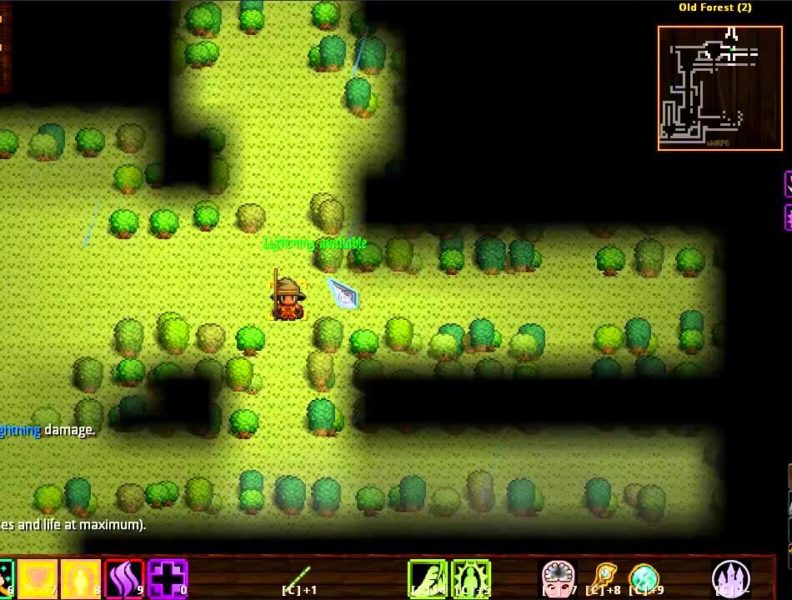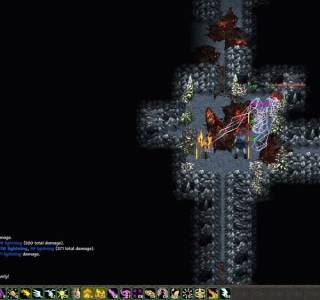

To compensate for their innately limited resources, these indie games use randomly created content to make each experience feel new with each playthrough even if the same assets are simply rearranged to give the illusion of new content.

Whether it be the procedurally generated chalice dungeons of the action/horror RPG Bloodborne, the permadeath-based hardcore mode in the sandbox/survival game Minecraft, or the emphasis on resource/status management in Fallout 4’s survival mode (still in beta), rogue-likes set the foundation for many of the industry’s most common systems.įurthermore, the rogue-lite genre that these games have inspired has quickly become a goldmine of innovative indie games that combine rogue-like conventions with wildly different genres such as platformers, action-adventures and strategy games. Although there has yet to be a definitive Triple-A game that fits squarely into this description, multiple titles have implemented distinctive rogue-like characteristics while firmly maintaining their individual genre.

It places a high emphasis on maintaining randomly generated worlds, permanent death, and grid based exploration while leaving visual style (mainly ASCII graphics), environment type and the number of characters that players can control open to interpretation. To more effectively determine what can or cannot be considered a rogue-like, the International Rogue-like Development Conference of 2008 created the “Berlin Interpretation.” It serves as a comprehensive guideline of what the high and low factors of classifying a game’s standing in the rogue-like genre are. Personally, I feel that many of these core rogue-like games have not aged particularly well (or perhaps I’ve been far too spoiled by recent games) and that the more recent titles they have inspired are either too formulaic or obtuse to enjoy without a ridiculous time investment, but I can appreciate the genre for its initial innovations and its contribution to gaming as a whole. Because of this difficulty in attracting new markets, games strictly considered to be rogue-like haven’t been central to the gaming community as a whole. Unfortunately, while these titles are often praised for their complexity and interconnectivity between in-game systems, it is this same quality that inherently prevents them from ever reaching a larger audience of less-seasoned players. Over the course of the following decades, games such as Nethack, Moria and Tales of Maj’Eyal continued to uphold and improve the turn-based gameplay, tile-based graphics, brutal difficulty and immersive world building of Rogue. Released a year before what is commonly considered the seminal RPG of the decade: Sir-Tech Software’s revolutionary first person dungeon crawler Wizardry, Rogue pioneered game mechanics that can still be found today, and inspired countless designers behind works such as Diablo, Minecraft and Torneko no Daib?ken (the Mystery Dungeon series). While it has most directly spawned a cult following of niche RPGs, the 80s original Dungeons and Dragons inspired Rogue has proven to be instrumental in the development of the industry.

As a subgenre of a subgenre, rogue-lite games are characterized by their combination of modern gaming conventions with the procedurally generated worlds, permadeath, and intricate resource management systems of games in the “roguelike” genre. With the recent release of Enter the Gungeon and the impending onslaught of work that comes with University finals, I’ve once again reverted to spending an unjustifiable amount of time playing rogue-lite games.


 0 kommentar(er)
0 kommentar(er)
